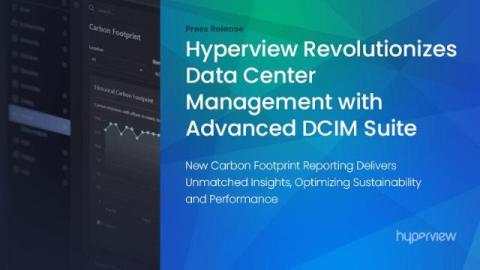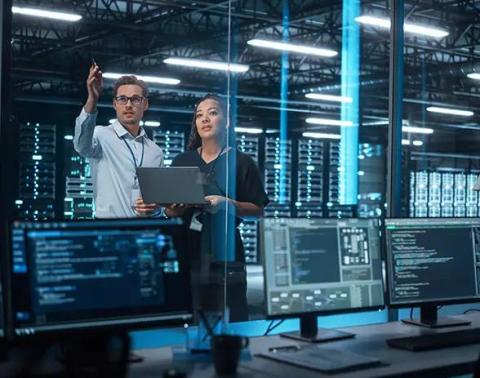The 3 pillars of observability: Unified logs, metrics, and traces
Understanding telemetry signals for better decision-making, improved performance, and enhanced customer experiences Telemetry signals have evolved significantly over the years — if you blinked, you could have missed it. In fact, much of the common wisdom about observability needs a refresh. If your observability solution doesn’t consider the current state of telemetry, you might need an upgrade.











